New!
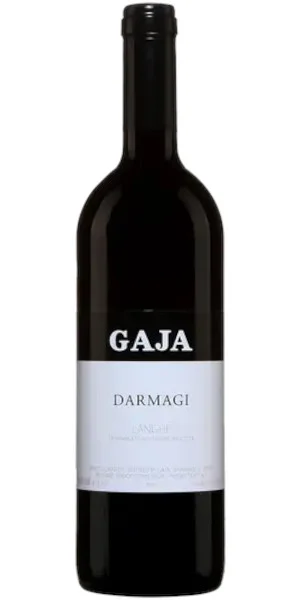
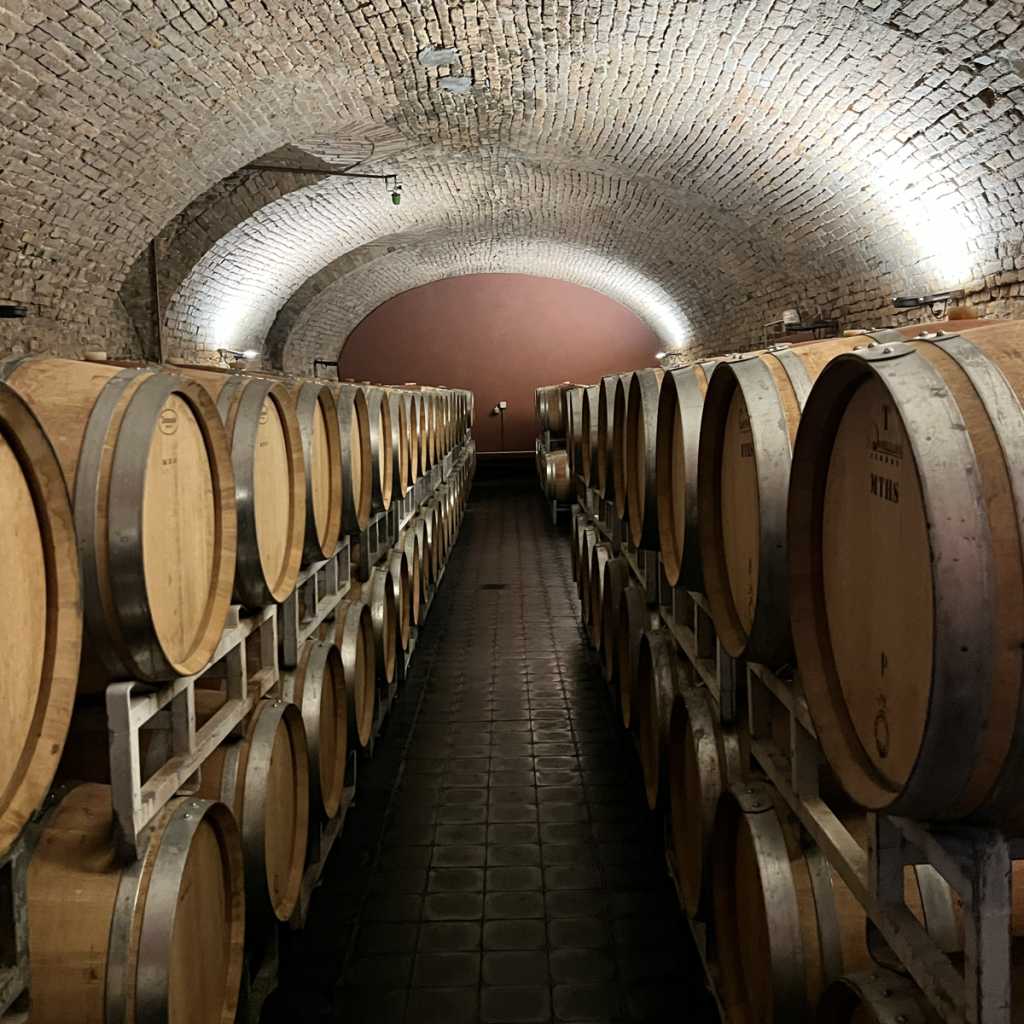
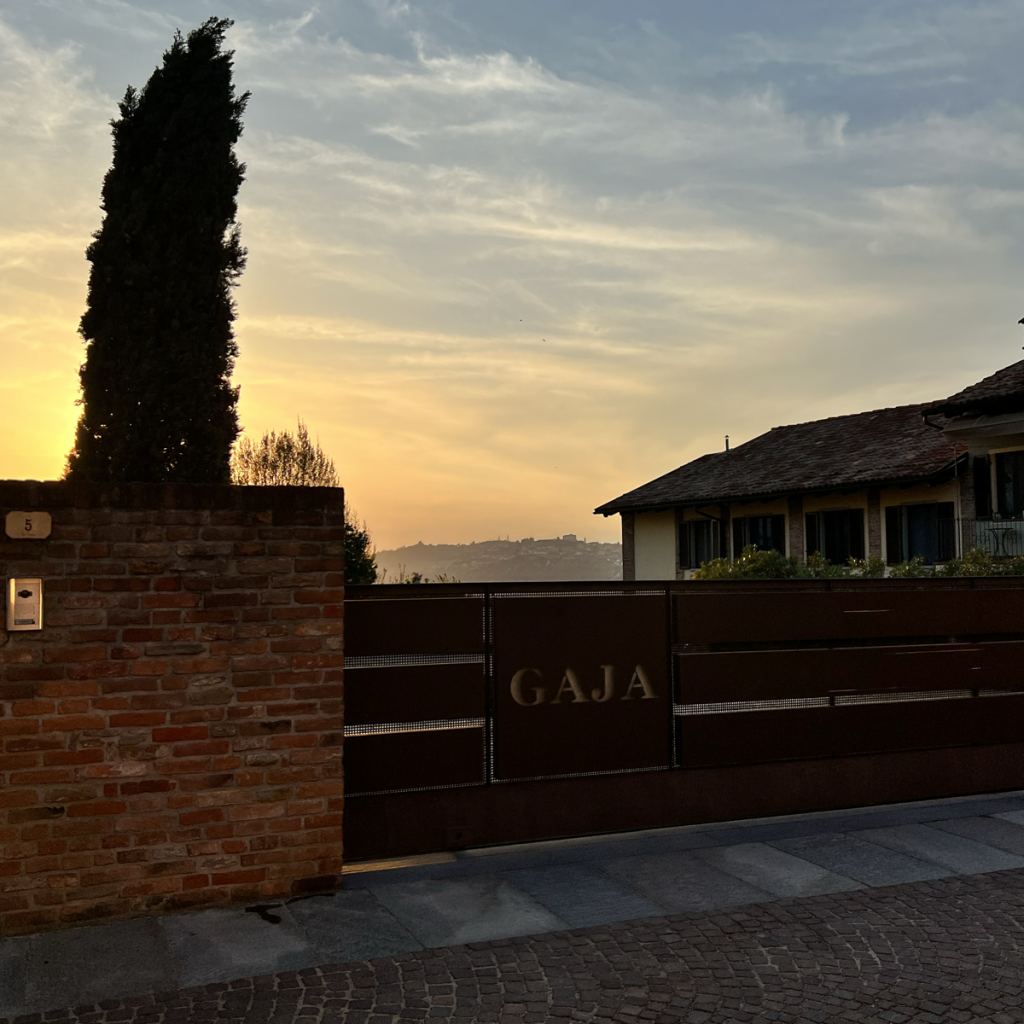
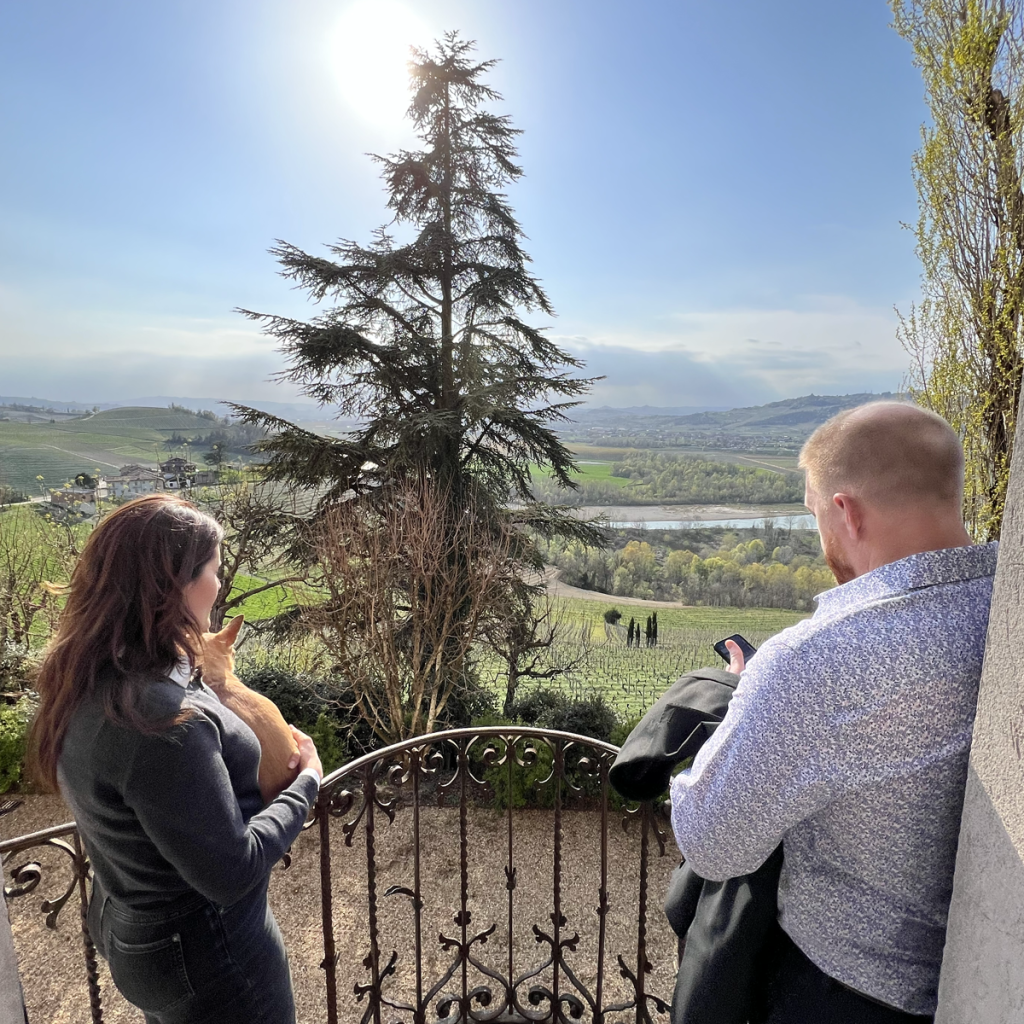
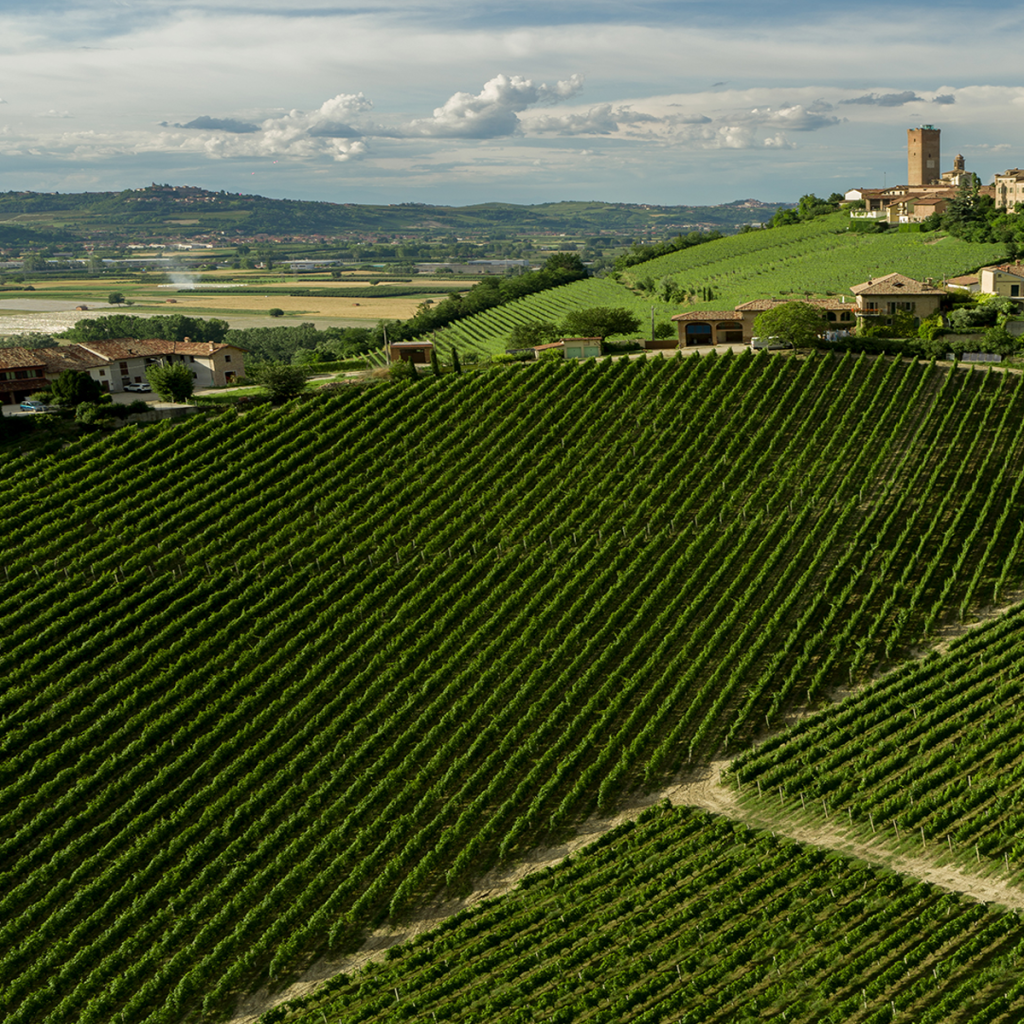
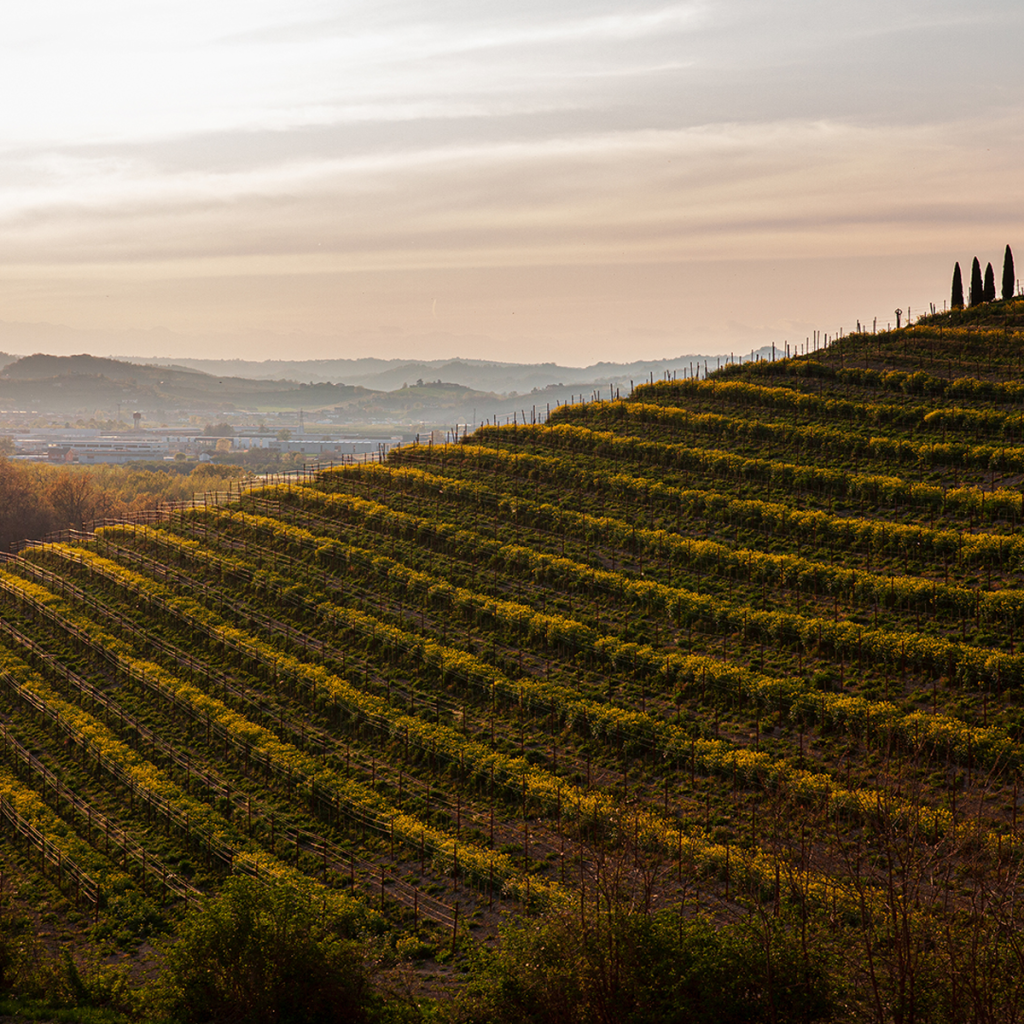
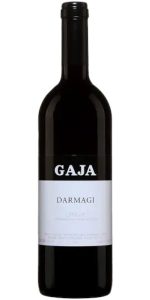
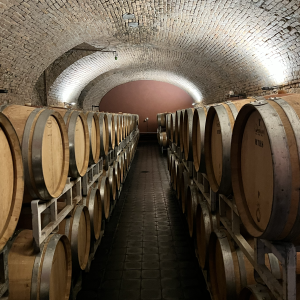
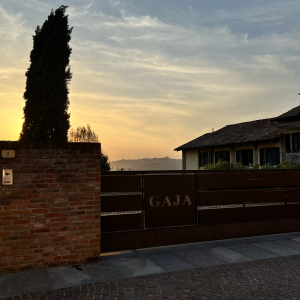
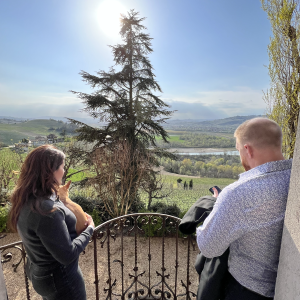
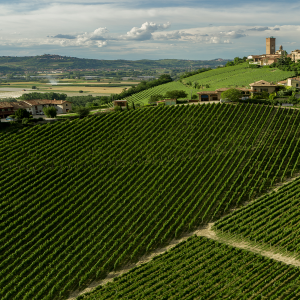
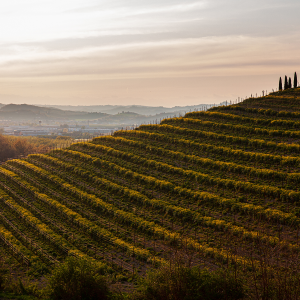
-
Wine Type
Red Wine -
Size
750ml -
Vintage
2021 -
Country
Italy -
Region
Piedmont -
Grape
Cabernet Sauvignon -
Farming Method
ConventionalMost products with this label come from producers who do their best to avoid any intervention at all but it’s possible that some of the aforementioned preventative measures and additions are deemed necessary. -
ABV
14% -
Food Pairing
PastaBeefGame
Perfectly Paired Drinks for Every Meal.

Dinner Party Selections
Hosts and guests, rejoice! We’ve curated some dinner party essentials.
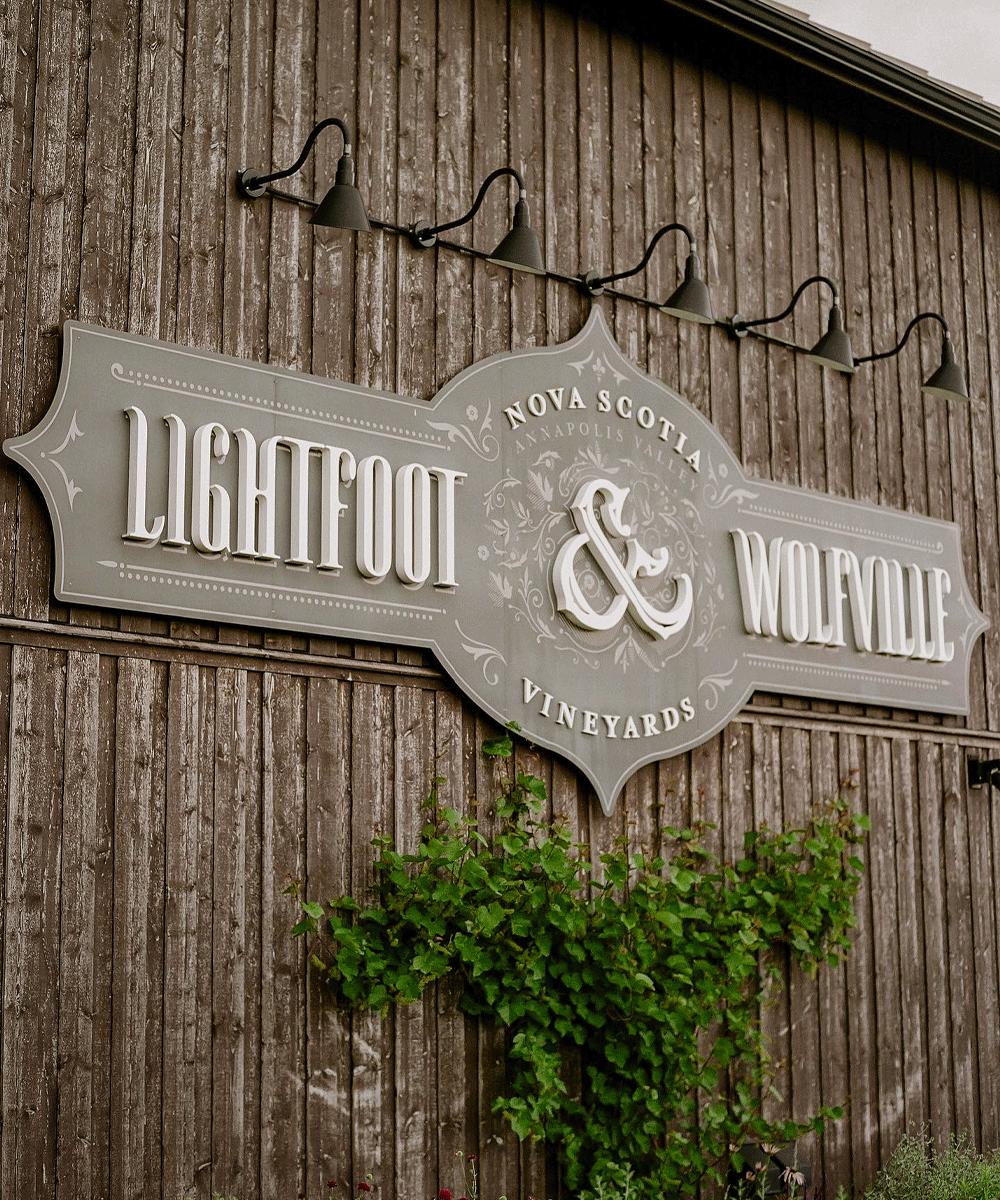
Lightfoot & Wolfville
Farming in harmony with nature in Nova Scotia’s Annapolis Valley.
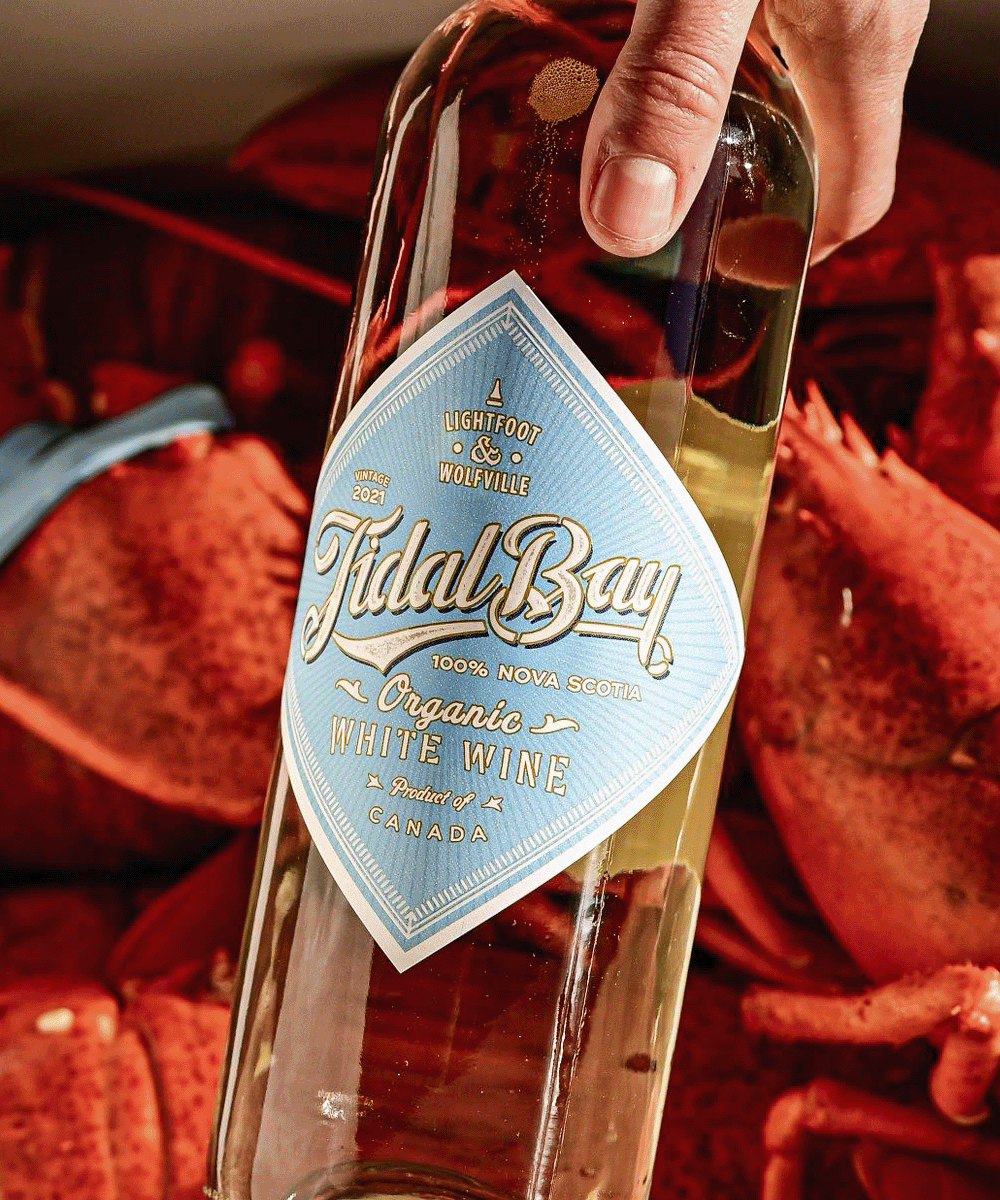
Nova Scotia Picks
Our white and sparkling wines tend to be packed with fresh acidity and minerality, perfect alongside fresh, in-season seafood.

Reviews